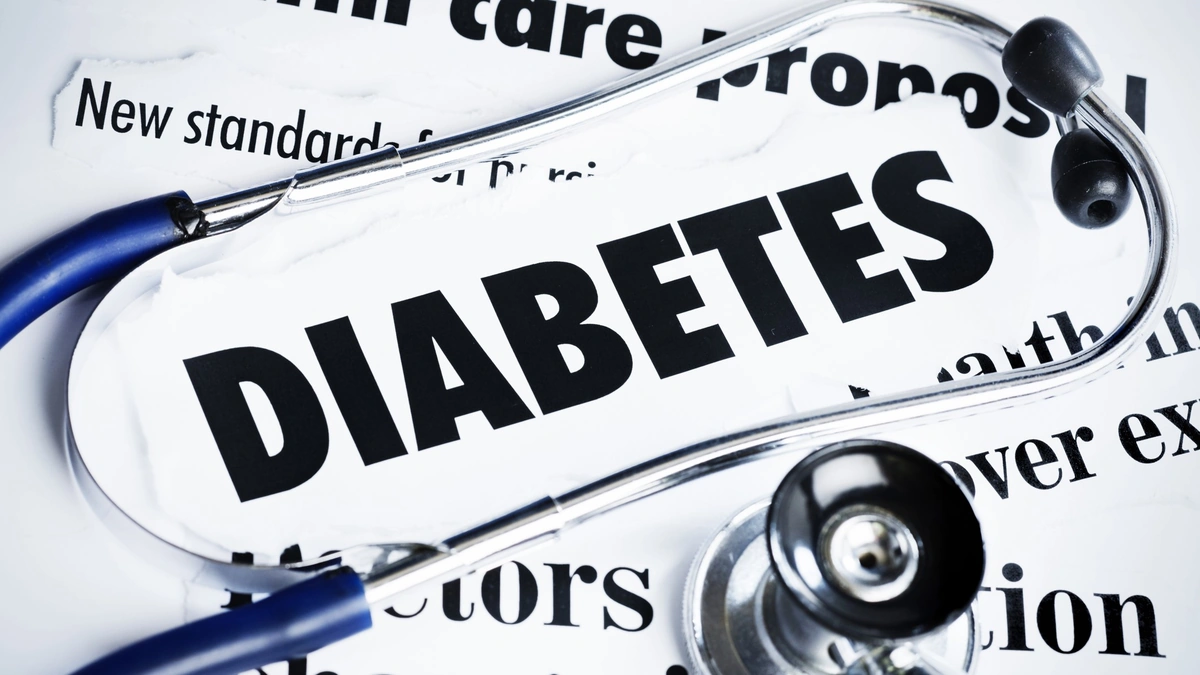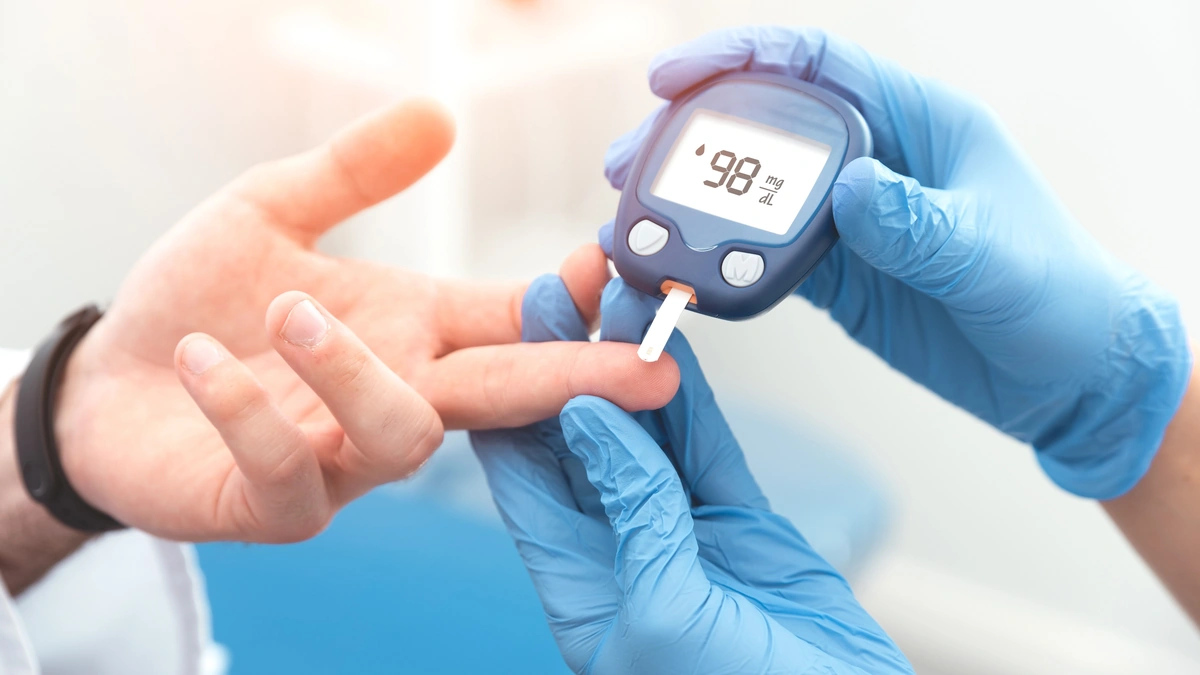Diabetes Expected to Affect 1 in 8 Adults by 2050 | Watch Out for These 5 Early Symptoms
Let’s be honest, nobody wants to think about diabetes . It’s one of those health concerns that lurks in the background, a distant threat that feels like it won’t affect you personally. But what if I told you the threat is closer – and bigger – than you realize? Recent studies are projecting that a staggering 1 in 8 adults could be affected by diabetes by 2050. That’s not a typo. One in eight. Scary, right?
Here’s the thing: knowledge is power. Being aware of the early warning signs can make all the difference in managing or even preventing this condition. We’re not just talking about abstract numbers here; we’re talking about your health, your future, and the well-being of your loved ones. So, let’s dive into the “why” behind this alarming projection and, more importantly, the “how” of recognizing those early symptoms.
Why This Diabetes Projection Matters

I initially thought, “Okay, another health statistic. What’s the big deal?” But then I dug deeper. The projected rise in diabetes cases isn’t just a random blip; it’s a reflection of deeper societal trends. Think about it: changing diets, increasingly sedentary lifestyles, and a growing aging population all contribute to this increase. And, this is not just a problem of urban areas. The changing lifestyles affect even those living in rural India.
What fascinates me is the ripple effect. More people with diabetes means increased strain on our healthcare system, higher personal healthcare costs, and a greater risk of related complications like heart disease, kidney failure, and even blindness. We have to start understanding that preventative healthcare is the most important step.
But there’s more to it. Socioeconomic factors play a huge role. Access to healthy food, safe places to exercise, and quality healthcare aren’t equally distributed. This means that certain communities are disproportionately affected by diabetes. According to latest studies, genetic predisposition can also put you at greater risk.
Here’s why this matters to you, even if you think you’re not at risk: understanding the systemic issues helps us advocate for better policies and support initiatives that promote health equity for everyone. To understand more about health issues, check out eye health awareness .
5 Early Symptoms You Shouldn’t Ignore
Okay, let’s get practical. What are the signs that blood sugar levels might be creeping up? Don’t wait for a diagnosis; be proactive and pay attention to your body.
- Frequent Urination, Especially at Night (Polyuria): This happens because your kidneys are working overtime to filter out excess sugar from your blood. If you find yourself making multiple trips to the bathroom, especially disrupting your sleep, it’s a red flag.
- Excessive Thirst (Polydipsia): All that urination leads to dehydration, making you feel constantly thirsty. But it’s not just a normal thirst; it’s an insatiable craving for fluids, no matter how much you drink. Keeping yourself hydrated is key, especially when you may have undiagnosed diabetes.
- Unexplained Weight Loss: This might sound appealing, but it’s a serious concern. When your body can’t use glucose for energy, it starts breaking down muscle and fat, leading to unintentional weight loss, even if you’re eating normally. This is a key indicator of type 2 diabetes and should not be ignored.
- Increased Hunger (Polyphagia): Even though your body isn’t processing glucose properly, it still craves energy. This leads to persistent hunger, even after eating a full meal.
- Blurred Vision: High blood sugar can affect the lenses in your eyes, leading to temporary blurred vision. While it might seem like a minor annoyance, it can be an early indicator of diabetes-related eye damage.
I see so many people ignore these symptoms, chalking them up to stress or fatigue. Don’t make that mistake. Early detection is crucial for managing diabetes and preventing complications. And that’s why the prohibition of cough syrups by the government is important.
Simple Lifestyle Changes That Can Make a Big Difference
Okay, you’re aware of the risks and the symptoms. Now what? The good news is that even small changes in your lifestyle can significantly reduce your risk of developing type 2 diabetes . You don’t need to overhaul your entire life overnight; start with manageable steps.
- Diet: Focus on whole, unprocessed foods. Load up on fruits, vegetables, and whole grains. Reduce your intake of sugary drinks, processed snacks, and excessive amounts of red meat. A balanced diet is an important step in diabetes prevention.
- Exercise: Aim for at least 30 minutes of moderate-intensity exercise most days of the week. This could be anything from brisk walking to cycling to dancing. Find something you enjoy, so it doesn’t feel like a chore.
- Weight Management: Even losing a small amount of weight can have a significant impact on your blood glucose levels . Focus on making sustainable changes to your diet and exercise routine.
- Regular Check-ups: Don’t skip your regular medical check-ups. Your doctor can screen for diabetes risk factors and provide personalized advice.
A common mistake I see people make is thinking that these changes are too difficult or time-consuming. But think of it this way: investing in your health now will save you time, money, and suffering in the long run. You can also consult with your doctor about diabetes management.
The Importance of Awareness and Early Action
Let me rephrase that for clarity: ignoring the warning signs of diabetes is like ignoring a leaky faucet. It might not seem like a big deal at first, but eventually, it can lead to serious water damage. The same is true for your health.
The projected rise in diabetes cases is a wake-up call. It’s a reminder that we need to take our health seriously and be proactive about prevention. This means educating ourselves about the risk factors, recognizing the early symptoms, and making lifestyle changes that support our well-being. This can include insulin resistance if your doctor has provided you with this diagnosis. For additional details and information, you can check the World Health Organization website .
FAQ
What if I have a family history of diabetes?
Family history increases your risk. Focus on lifestyle changes and regular check-ups.
Can diabetes be cured?
Type 1 diabetes cannot be cured. Type 2 can sometimes be reversed with lifestyle changes.
What is prediabetes?
Prediabetes means your blood sugar is higher than normal but not yet diabetic. It’s a warning sign.
What if I’m already experiencing some of these symptoms?
Consult a doctor immediately for proper diagnosis and guidance.
The bottom line? Don’t be a statistic. Be informed, be proactive, and take control of your health. Your future self will thank you for it. Because honestly, your health is the greatest wealth you could ever have.













